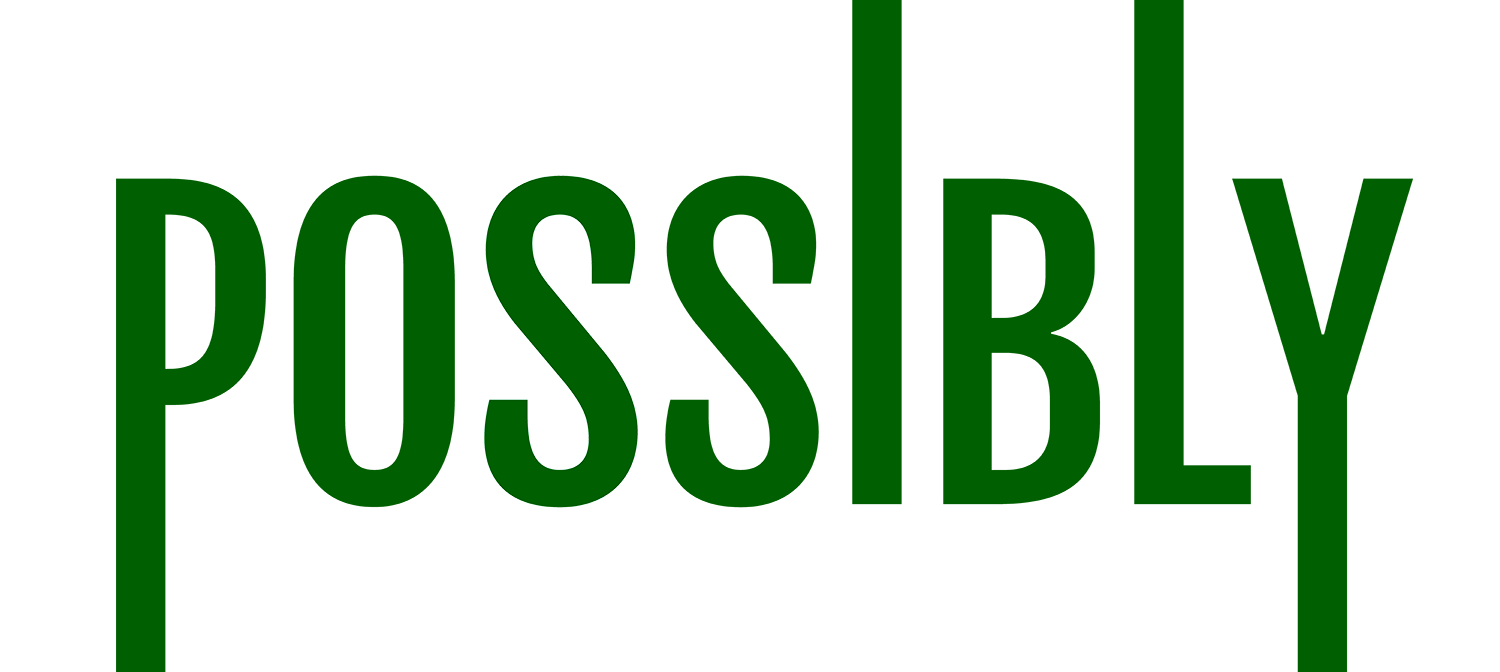
We had Janek Schaller and Albert Wu from our Possibly Team look into this. How’s it going, Janek and Albert?
Janek Schaller:
I’m doing well, Megan!
Albert Wu:
Happy to be here!
Megan Hall:
How do we go about saving those bees?
Janek Schaller:
Well, it depends on which bees you’re trying to save.
Megan Hall:
Wait, there’s more than one type of bee?
Albert Wu:
As it turns out, yes! We spoke with Dr. Berry Brosi, a bee expert at the University of Washington, to get a better count.
Dr. Berry Brosi:
“I think many people are surprised to learn that there are over 20,000 species of bees. So that’s more than all bird species and all mammal species combined.”
Megan Hall: Ok, so there are tons of bees out there. What makes them so important to us?
Janek Schaller:
Let’s start with Honeybees, the ones that build hives and make honey. Honeybees are very important to the agricultural industry because they’re incredibly efficient pollinators. Dr. Brosi told us that roughly one-third of all the food that we consume has been pollinated by insects, and much of that comes from honeybee activity alone.
Albert Wu:
Native bees also pollinate crops that feed the animals we eat. The cattle and dairy industry relies on bees to pollinate alfalfa, a crop that makes up a big part of many cows’ diets.
Dr. Berry Brosi:
“Those alfalfa plants need to be pollinated by bees. And in fact, honey bees are pretty cruddy at it. So we rely on other bees to pollinate alfalfa primarily.”
Megan Hall:
Ok, so we need honeybees and native bees to pollinate the food we eat. What’s happening to them?
Albert Wu:
Berry, the bee expert at the University of Washington, says that the process of boxing up hives and taking them around to different farms can actually be really harmful to honey bees because it puts a lot of stress on them.
Janek Schaller:
There are also all sorts of diseases and pests that affect both native and non-native bees.
Megan Hall:
Got it. So what can we do to help these bees out?
Janek Schaller:
There are lots of ways we can help. First, Berry says to opt for organic food whenever you can.
Dr. Berry Brosi:
“It’s undeniable that organic agriculture really does support bee populations and species diversity better than conventional agriculture.”
Albert Wu:
We’ve talked a lot about organic agriculture on this show, and although it’s not always the best choice when it comes to carbon emissions or land use, organic agriculture definitely uses less harmful pesticides, and is undeniably better for bees.
Janek Schaller:
In your home, you can help by planting pollinator-friendly plants in your yard or in a window box. Try to have a wide variety of plants that keep their flowers for a long period of time so your bees have plenty of options. Steer clear of pesticides and herbicides, too!
Megan Hall:
Sounds like a plan! Thanks, Janek and Albert!
That’s it for today. For more information, or to ask a question about the way you recycle, use energy, or make any other choice that affects the planet, go to the public’s radio dot org slash possibly.
Possibly is a co-production of the Institute at Brown for Environment and Society and the Public’s Radio.
Sources:
Hatfield, R.G., S. Jepsen, M. Vaughan, S. Black, E. Lee-Mäder, 2018. An Overview of the Potential Impacts of Honey Bees to Native Bees, Plant Communities, and Ecosystems in Wild Landscapes: Recommendations for Land Managers.
Tangley, Laura, “The Truth About Honey Bees.” The National Wildlife Federation, 2021.
The post How can we protect bees? appeared first on TPR: The Public's Radio.
